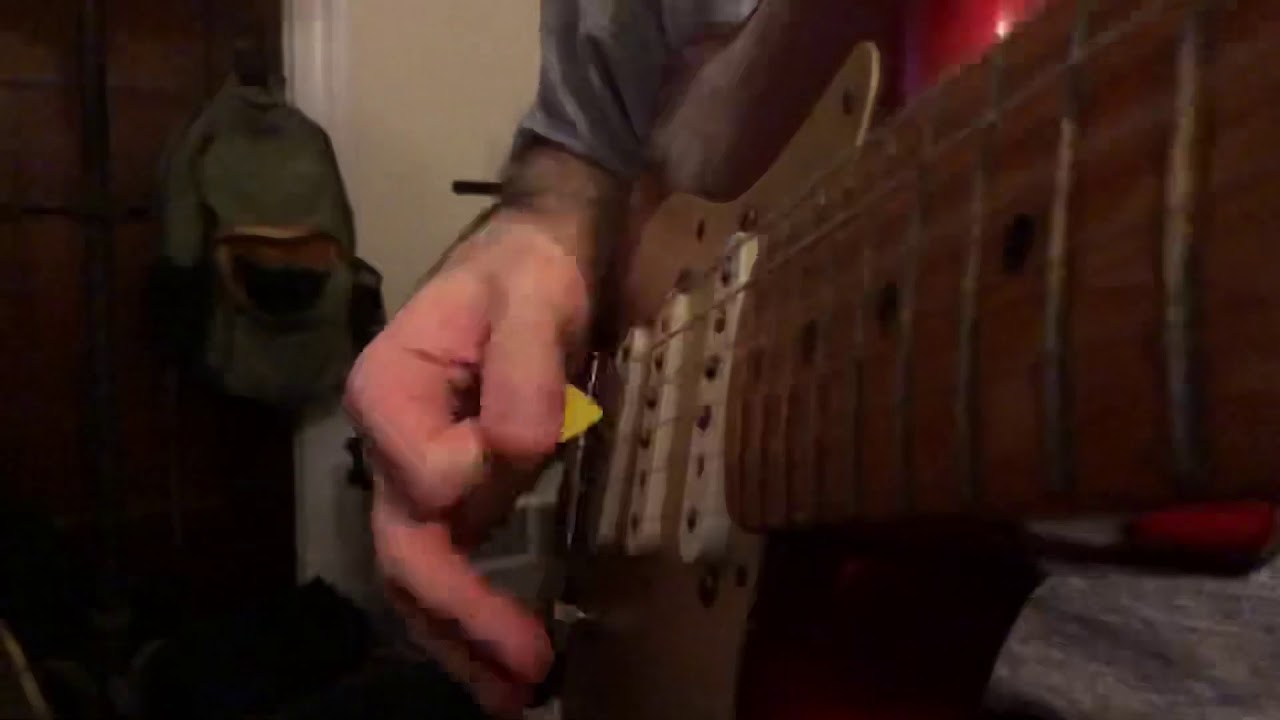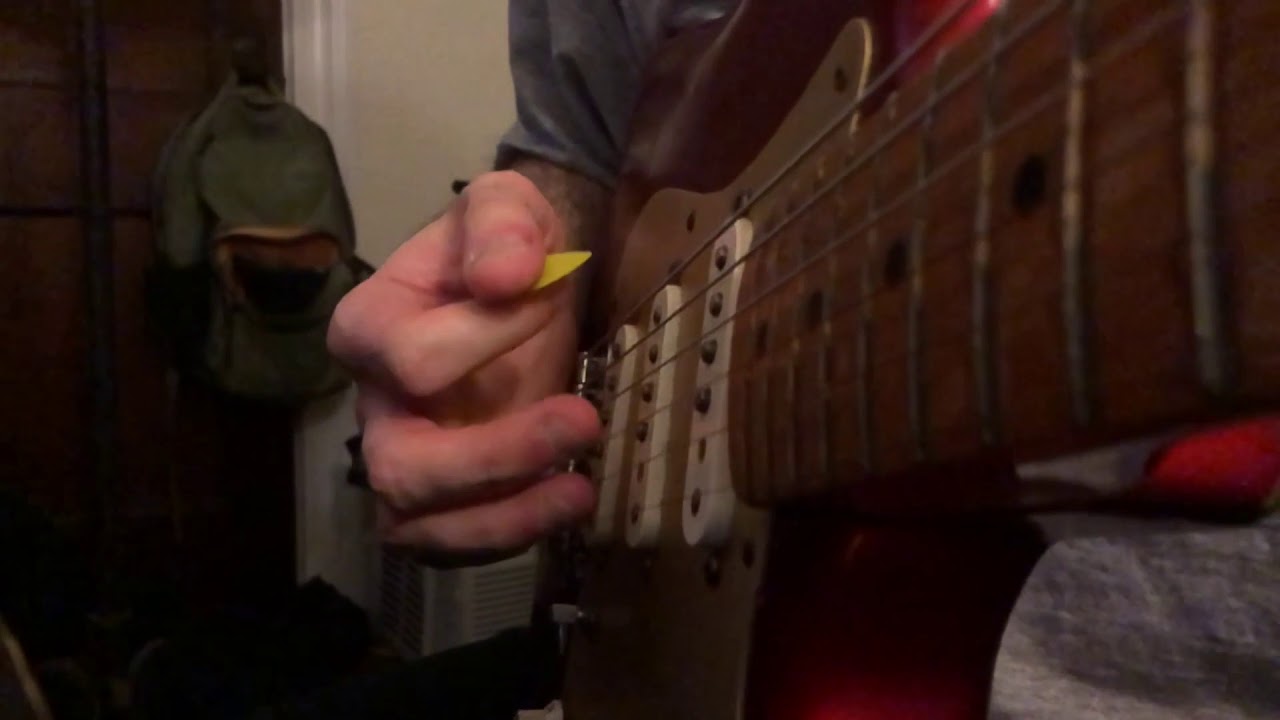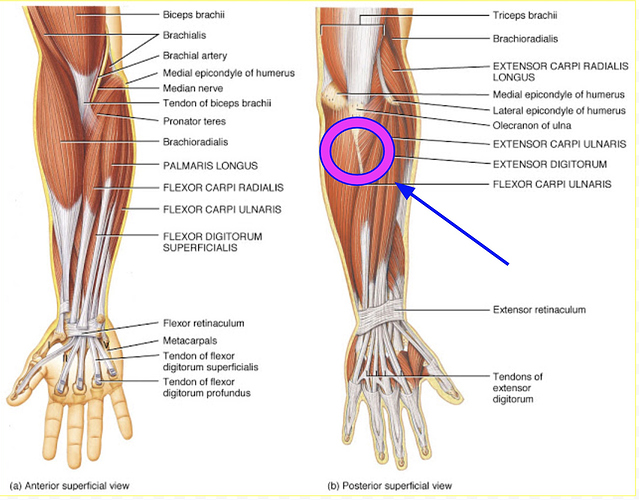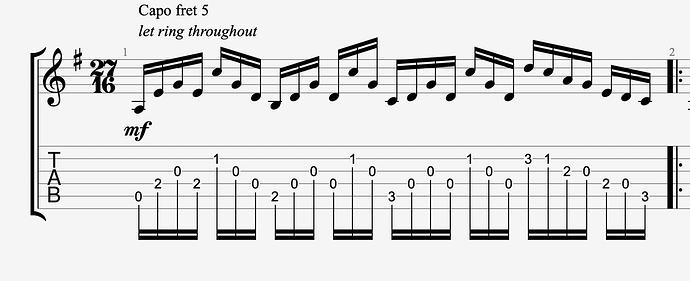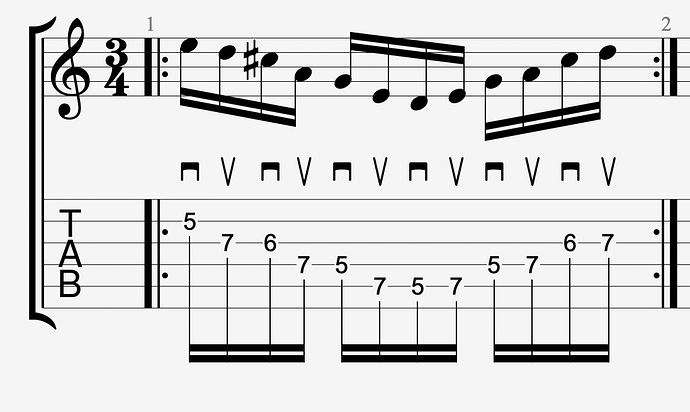Awesome, thanks for posting this. How are you getting this shot, on a tripod?
Obviously, this is swipey, and the wedding guest analogy is hilarious. But there’s good news here too.
There are moments when downstroke and upstroke motions escape by plenty to get out of the strings, even with the slightly mismatched string heights you’re pointing out. Not only that, but when this happens, these motions are actually the correct ones, i.e. the efficient ones, and not just stringhopping.
So you’re doing what you need to do, you’re just not doing it consistently. And the wedding guest randomness, where some motions overshoot a string or seem to skip certain notes entirely, I think is your hand’s way of trying to figure it all out, and searching for feedback. So I think that’s the key here. You mentioned you don’t have a good sense of when it’s going wrong or right, so more obvious tactile and sonic feedback is what you need to clean this up.
One thing you can do is of course slow down a tiny bit. But you don’t want to do the motion from the other clips, that’s not the same motion. This is the more efficient one, and it appears to be mainly wrist. If you can slow down a small amount but not use the “control” motion, you may have a better shot at hearing when you get notes right.
Another thing is variety. Some patterns will telegraph more when they are correct versus incorrect compared to other patterns. If you do this pattern descending, starting on a downstroke, that will produce inside picking on the highest and lowest strings, and that has a way of being easier to feel and hear when it’s right or wrong.
Other variations you can try are doing this only descending, or only ascending. I like the descending one, starting on a downstroke, again, for the inside picking.
I also like doing this on different groups of strings. The lowest four are particularly hard to hear / feel because they’re lower in pitch and they’re floppy. The upper four and middle four are I think easier to hear when you’re getting it right.
Fretting individual notes rather than letting strings ring can make it easier to hear when it’s right, although that can introduce left-hand muting that unintentionally hides mistakes. But I’d try that too. Patterns like the C-major shape chord are easy for fretting because they’re one finger per fret.
If you can introduce some muting to the strings, either by partially fretting a chord, using a hair band, or some other trick, that’ll make it easier to hear and feel when you’re hitting the strings you want. Eventually you can also try right hand muting like Al Di Meola or Andy Wood, but that’s another variable to worry about that can mess up your form so maybe let’s just stick with what you’ve got.
Finally, I’d try patterns that aren’t this one. Jazz lines that mix 1-, 2-, 3-, and 4-note-per-string fingerings are great because you can’t really “think” those through with single escape motions, so it’s better to just use this approach of going for it and feeling for correctness. Edit: many of those kinds of lines are built on “212” patterns which work great for this kind of practice, like Andy’s take on “Pick It Apart”:
There’s fours in there as well, and that’s another great pattern I’d recommend — descending, starting on a downstroke, for the inside picking, again.
BTW everything I’ve written here is stuff I’ve done and has helped. The more variety you can throw at this, the better. But I think the key is you need more tactile and sonic feedback to hear when notes are correct. And if you can provide that in a very obvious way, it’ll be much easier to feel your way to the correct motions, even if only accidentally. Which frankly, is the only way it ever really works for me.
That’s what I got for now. Let me know if any of this helps!

